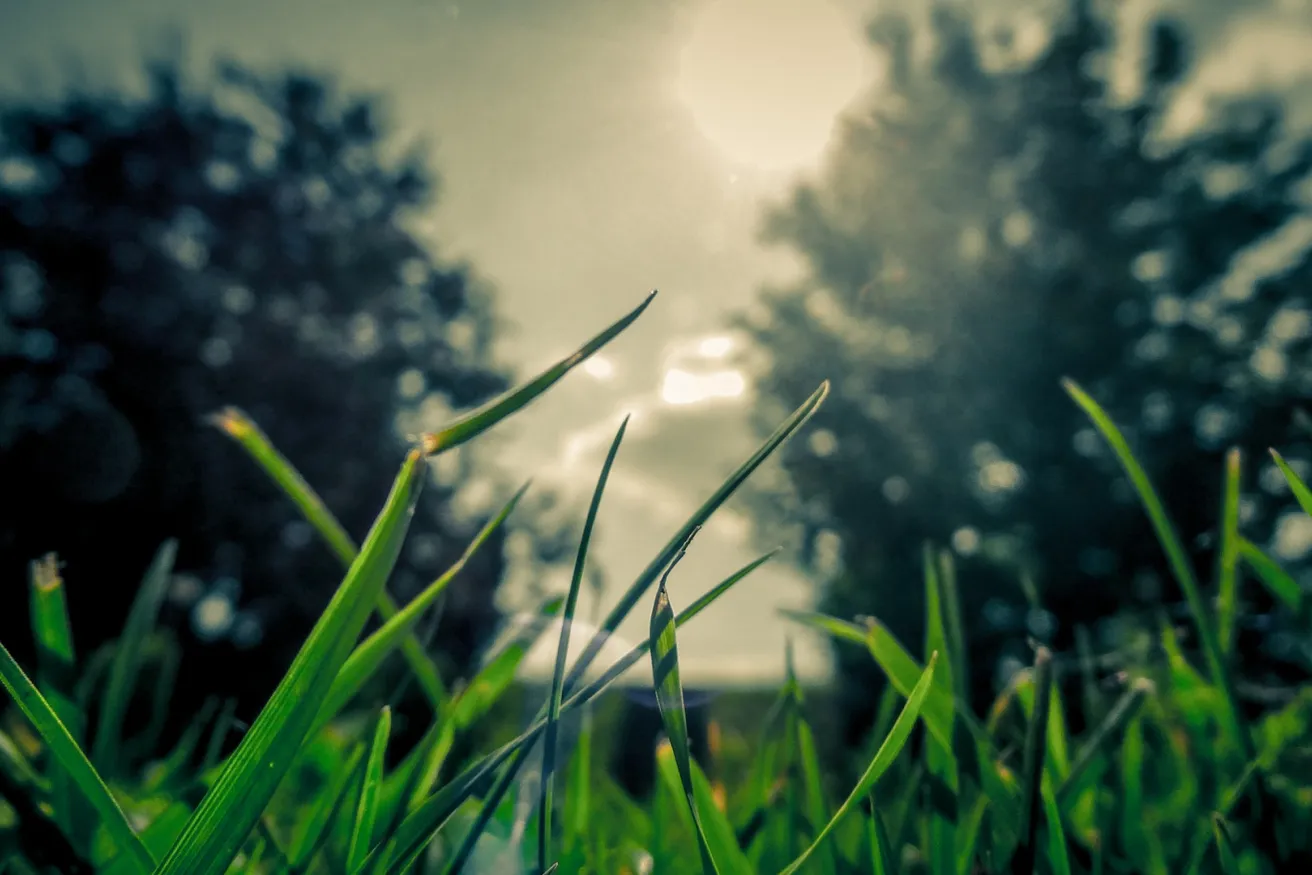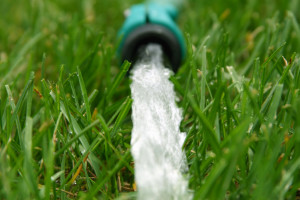The Arbor Day Foundation is pledging 10 million trees to areas impacted by hurricanes Helene, Milton Help us replant
Does the thought of landscaping excite you? Does it stress you out? Maybe it’s a bit of both. Adding color and texture to your yard is fun, until you realize how much planning may go into it. Or worse, experience the repercussions of your design from the lack of earlier planning. The most important tool you will need in laying out your landscape is time. Your project isn’t done once you plant your trees or shrubs, it continues with regular maintenance, especially in the early years of your plant’s life.
Here are five steps to transforming your yard form ordinary to extraordinary.
- Size up your plot and Analyze your site: You want to make good use of your space, but that’s hard to do if you don’t know how much space you have. There are a couple different ways of finding your land measurements. It could be through a land survey from your realtor or title office if you own your home, or a plat map from your county office that maps out your land. A land survey is useful in analyzing your space because it will show any dwellings such as buildings, driveways, fences, etc. on your property; whereas a plat map will show the land before any additions. Either way, both should provide you with dimensions of the property, which is what you need.
- Plan a design: Now that you know how much space you have to work with you can plan your design. Check out our landscape designs for inspiration. As you’re planning a design keep in mind any slopes, drainage patterns, buildings, driveways, sewer lines, septic tanks and underground power lines. You don’t want to plant in locations that will affect surrounding structures. It’s important to plant the right tree in the right place so that you not only benefit from the cost savings, but to ensure that you’re not spending money down the road for tree removal as a result of death or damage. Have you seen our National Tree Benefit Calculator? Having an idea of the potential savings and benefits of a tree may help you in choosing your selection.
- Select your trees and shrubs: It’s time to have some fun! Are you landscaping to add color? A windbreak? Add some shade? All the above? There are several varieties of trees to choose from but depending on your purpose of landscaping there are numerous factors to keep in mind such as size, location, form and shape. Check out our tree nursery to see what we have for flowering trees, nut trees, shade trees, and evergreens.
- Get in the Dirt: Now that you have your new trees and shrubs it’s time to plant. Proper planting and care is crucial, especially for younger seedlings. Check out our step by step directions to planting your trees. A common mistake when planting younger seedlings is to use fertilizer or potting soil. Steer away from any commercial soils or fertilizers. Despite their convincing labels, most products contain chemicals and other harmful substances that may cause root burn or kill young seedlings. It’s okay to use these products a year or two after planting, when your trees or shrubs are more established, but in their early years they are simply not strong enough to withstand such products. Stick with an all-natural compost or make your own fertilizer.
- Maintain your design: Tree maintenance is important, but it doesn’t have to be an extensive routine. Water, mulch, and keep an eye out for any unusual changes in your tree. Check out our Tree Care Tips & Techniques for keeping your trees healthy.
Your yard should be reflection of your personality and taste. With proper planning, you can transform it into a sanctuary and place of escape that will benefit you years to come.
Tag us in a photo of your landscape projects!


